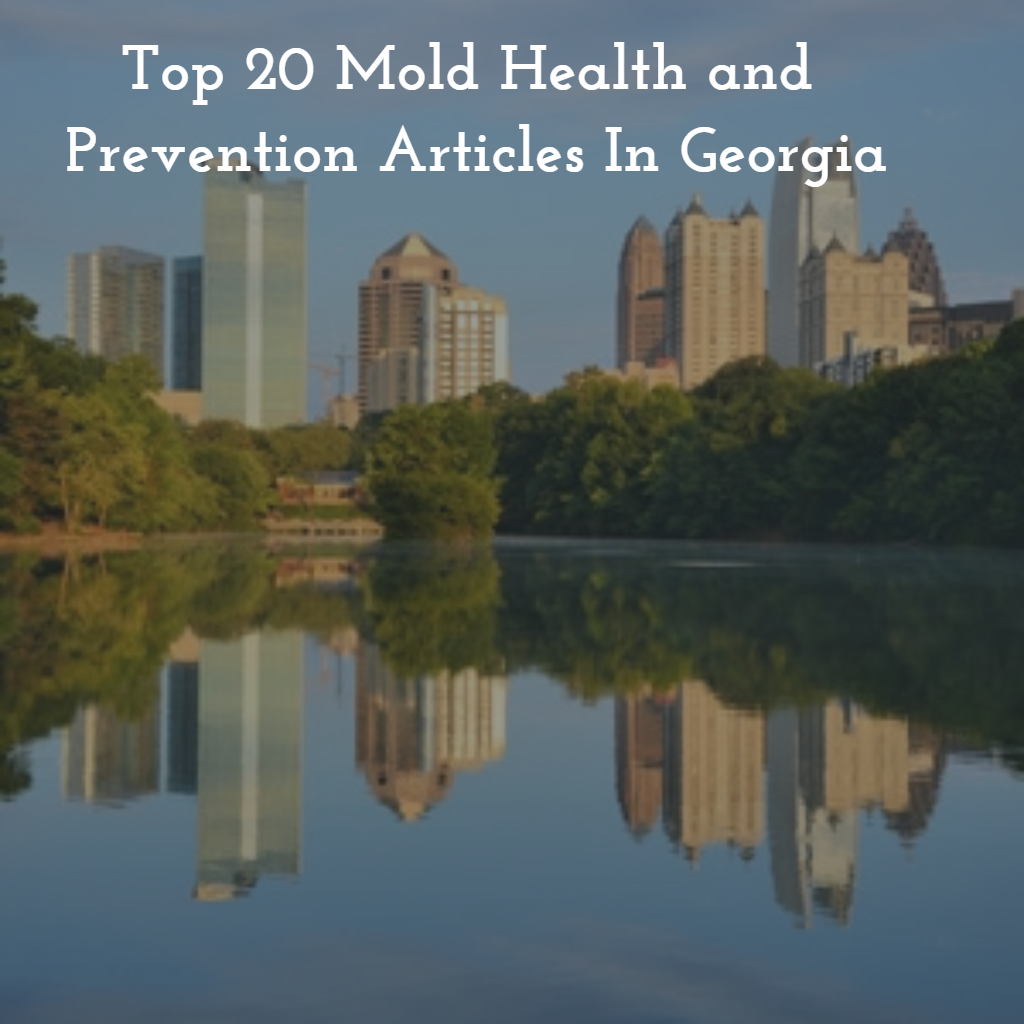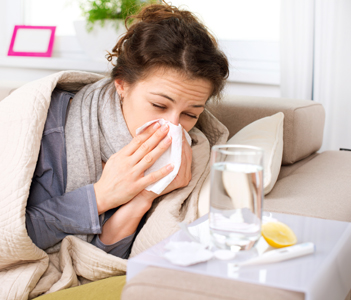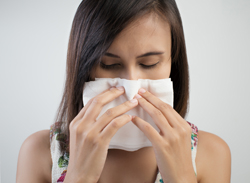
by Eric Brown | Jan 12, 2016 | Air Conditioning, Basement Mold, Beware Of Mold When Buying A Home, Bleach and Mold, Can Black Mold Poison You?, Can Mold Kill?, Chronic Inflammatory Response Syndrome (CIRS), Flood Clean Up, Health, Indoor Air Quality, Killing Mold, Mold and Asthma, Mold and Depression, Mold and Multiple Sclerosis, Mold and Parkinson's Disease, Mold and Sinusitis, Mold Facts, Mold Information, Mold Inspection, Mold Remediation, Mold Removal, Mold Removal Cost, Mold Risk During Renovation, Questions and Answers, Stachybotrys Black Mold, Toxic Mold, Water Damage Restoration
Top 20 Most Shared Mold Health and Prevention Articles In Georgia

Top 20 Most Shared Mold Health and Prevention Articles In Georgia
August, 2015, marked a historic month for Mold B Gone.
We launched this website, www.moldbgonega.com, dedicated to creating mold awareness for residents of Georgia.
Listed below are the top 20 articles, listed in the order of most viewed.
If you have questions or need help, the Mold B Gone Team looks forward to serving you. Call 678-697-6267 or send us an e-mail!
We have been serving Georgia since 2009 and have built a solid reputation in the state because of our expertise and knowledge, 1 year up to 25 year guarantee, and peace of mind we offer our customers.
Twenty Most Shared Mold Health and Prevention Articles In Georgia
- Are You Sick From Mold Because Of Your Genes?
- Top 10 Facts About Mold
- 7 Places Mold Hides In Your Home!
- Is Mold Sickness A Hidden Epidemic?
- Why Is Black Mold A Health Concern?
- Are Sinus Infections Caused By Mold?
- Can Toxic Black Mold Poison You?
- How Do I Know If Mold Is Making Me Sick?
- Are Dead Mold Spores Harmful?
- How Does Mold Cause Depression?
- Does Mold Cause Multiple Sclerosis?
- What Is The Link Between Mold and Parkinson’s Disease?
- Is Your Air Conditioner Making You Sick?
- 10 Tips To Prevent Basement Mold!
- Top 10 Reasons Mold Is Scary!
- The #1 Mistake Home Buyers Make!
- How Is Mold Removal Cost Determined?
- 8 Steps To Mold Remediation Success!
- What Is The Link Between Mold and Asthma?
- Top 3 Facts About Water Damage Restoration

by Eric Brown | Dec 20, 2015 | Can Black Mold Poison You?, Can Mold Kill?, Christmas Tree Mold, Chronic Inflammatory Response Syndrome (CIRS), Health, Indoor Air Quality, Killing Mold, Mold and Asthma, Mold and Sinusitis, Mold Facts, Mold Information, Mold Removal, Questions and Answers, Toxic Mold
What Is Christmas Tree Syndrome?

What Is Christmas Tree Syndrome?
Recently, a newspaper article was published to explain the potential health concerns caused by your Christmas tree: “How CHRISTMAS TREES can cause hay fever hell: Pollen grains, dust and mould can trigger sneezing, coughing and a runny nose”
The article dubbed the illness, Christmas Tree Syndrome, because 1 in 3 (approximately 35 percent) people get sick, suffering from hay fever like symptoms, soon after the Christmas tree is set up in the home.
This article explains what causes Christmas Tree Syndrome and provides recommendations on how you can minimize the potential health issues caused by this indoor air quality issue.
What Are The Health Symptoms of Christmas Tree Syndrome?
Typical signs that your tree is making you ill include the following:
- Asthma attacks, usually triggered by cladosporium mold
- Rhinitis
- Runny nose
- Sinus pain
- Sneezing
- Wheezing
- Coughing
- Cold like symptoms, that subside when away from the home or the room with the tree in it.
Mold Is The Cause Of Christmas Tree Syndrome!
Prior to the studies documented below, it was thought that tree pollen or even weed killer applied to Christmas trees made people ill.
However, as the studies below conclude, the core cause of Christmas Tree Syndrome is mold, which releases spores and causes allergic reactions:
“Researchers at St. Vincent’s Medical Center in Bridgeport, Connecticut, found that a room containing a fresh Christmas tree for two weeks had mold levels that were five times the normal level. Other studies have shown that levels this high can cause allergic rhinitis and asthma symptoms, says the study’s coauthor, allergist and immunologist Philip Hemmers.” (A fresh Christmas tree for two weeks had mold levels that were five times the normal level)
In another study Dr. John Santilli, compared the level of mold spores in the home before and after the tree was placed in the home. The normal level of mold spores is 800 per cubic meter, but within 14 days of the Christmas tree being in the home, the level of mold spores increased to 5,000 spores per cubic meter.
Another scientific study by allergy specialist, Dr. Lawrence Kurlandsky at Upstate Medical University in New York set out to determine why respiratory illnesses peak around Christmas. The study found 53 different kinds of mold, including, aspergillus, penicillium, cladosporium and alternaria, which can trigger asthma attacks, sneezing and a runny nose. One of the key conclusions made by this study was 70 percent of the molds found triggered allergies and asthma.
What Can I Do To Minimize Mold Exposure From My Christmas Tree?
Mold spores are found naturally on Christmas trees, which will flourish once they are in a centrally heated home.
With this in mind, if you can manage Christmas with an artificial tree, that is the best solution. Please note, artificial trees can accumulate a layer of dust and even mold if not stored properly. Be sure to store your artificial tree in a dry area and preferably in plastic tubs to minimize exposure to moisture and dust.
However, if you must use a live Christmas tree, here are some tips to minimize the health impact:
- Thoroughly hose down your tree and let it dry before bringing it into the house. If you bought your tree at a nursery, ask if they have tree washing services.
- Clean all ornaments and lights before putting on the tree; they can harbor dust and molds. Store all decorations in plastic containers that can be easily wiped down since cardboard can potentially attract dust and mold.
- Minimize exposure. If you’re sensitive to molds, keep a live Christmas tree no more than four to seven days.
- Run an air purifier in the same room as the Christmas tree. This may help alleviate symptoms.
- Allergy medication may also help alleviate some symptoms as well.
- Since mold spores may accumulate the longer your tree is in the house, consider getting rid of it first thing on the 26th.
Happy holidays from your friends at Mold B Gone. If you have questions, we are here to help! If you think you have mold, call us, 678-697-6267 or contact us via e-mail for further assistance.

by Eric Brown | Sep 24, 2015 | Air Conditioning, Health, Indoor Air Quality, Mold and Asthma, Mold and Sinusitis, Mold Facts, Mold Information, Questions and Answers
Does Mold Cause Sinus Infections?

Does Mold Cause Sinus Infections?
Two of the most common respiratory conditions are asthma and sinusitis.
Our previous article documented the link between mold and asthma.
The purpose of this article is to provide you with information pertaining to research on the link between mold and sinus infections.
If you have asthma, sinusitis, or other respiratory conditions, please explore the possibility that mold may be the cause.
Medications and treatment can only be effective if it deals with the cause of the health condition.
In short, if the root cause of your health problems are mold, then the only way to get healthy is to do something about the mold concern.
10 Key Stats and Facts About Sinusitis!
- Acute sinusitis is caused by bacterial infections that usually last a month or less.
- Chronic sinusitis lasts three months or longer.
- Chronic sinusitis is an inflammation of the membranes of the nose and sinus cavity.
- Small growths, referred to as polyps, often develop in the nasal passages of chronic sinusitis patients causing significant breathing challenges.
- Signs of sinusitis include the following: facial and/or teeth pain; tenderness and swelling around the eyes, cheeks, nose, and forehead; sinus pressure or congestion; difficulty breathing through the nose; loss of the sense of smell or taste; sinus headache.
- Approximately 37 million Americans or 12% of the population suffer from chronic sinusitis.
- Every week there are about 308,000 doctor visits or 16 million per year by sinusitis patients.
- Over $150 million is spent each year on prescription medications to treat sinusitis patients.
- Over $1 billion is spent each year on over-the-counter medications by sinusitis patients.
- Direct healthcare expenditures due to sinusitis cost are well over $8 billion each year.
Sinusitis Treatments
Antibiotics, over-the-counter medications, and balloon sinuplasty (BSP) are the mainstream treatments currently offered to patients that suffer from sinusitis.
Antibiotics may help acute sinusitis patients because these drugs are able to target the bacterial cause. Such drugs, however, are not effective for chronic sinusitis patients because it likely does not address the actual cause of the problem (explained below).
There are many over-the-counter drugs also available which do provide some temporary relief, but are not long term solutions because they do not reduce the inflammation which is causing the discomfort.
A medical procedure, Balloon Sinuplasty (BSP), is performed in outpatient surgical facilities under local anesthetic. This procedure widens the sinus cavity to allow for better sinus drainage and function.
MAYO Clinic Researchers Believe That MOLD Is The Primary Cause Of Chronic Sinusitis
Mayo Clinic Doctors: David Sherris; Eugene Kern; and Jens Ponikau, believe chronic sinusitis is caused by a fungus that causes an immune reaction:
“Medications haven’t worked for chronic sinusitis because we didn’t know what the cause of the problem was. Fungus allergy was thought to be involved in less than ten percent of cases. Our studies indicate that, in fact, fungus is likely the cause of nearly all of these problems. And it is not an allergic reaction, but an immune reaction. This is a potential breakthrough that offers great hope for the millions of people who suffer from this problem. We can now begin to treat the cause of the problem instead of the symptoms. Finally we are on the trail of a treatment that may actually work.”
The researchers studied 210 patients with chronic sinusitis, collecting mucus samples from the noses of the patients. They discovered fungus in 96 percent and identified 40 different kinds of fungi, each patient averaging 2.7 kinds.
Nasal polyps were also removed from 101 of these patients. The researchers found eosiniphils, which are a type of white blood cell activated by the body’s immune system, in the nasal tissue and mucus of the patients.
This discovery shows that in sensitive individuals, the body’s immune system is sending the eosinophils to attack the fungi, which in turn irritates the membranes of the nose. Consequently, traditional treatments do not work because they do not rid the body of the fungi that is irritating the membranes and causing the inflammation.
Since mold is found everywhere, the doctors believe that fungal spores, which become airborne and then are breathed in by the sufferers of chronic sinusitis, perpetuates their condition caused by the immune response. Further research is underway to set up trials to test medications to control the fungus.
Tips To Alleviate Your Sinusitis Condition
Chronic sinusitis patients should try to limit their exposure to mold spores, which can be challenging when you are outside. Monitor the weather for air quality alerts that report high levels of spores and pollen, and limit your outdoor activities.
You have greater control over your indoor environment where you can take some proactive actions to limit exposure to mold.
The number one question you need to answer is whether or not you have a mold problem in your home?
This can be determined with a mold inspection or air quality test.
In addition, here are some tips to optimize your indoor air quality for long term health:
- Maintain healthy humidity levels between 30% to 50% to minimize moisture and prevent mold growth.
- If you do find mold in your home, fix the moisture source which is the key ingredient mold needs to grow and then hire a professional to remove the mold.
- Maintain your HVAC system so that it is operating efficiently and circulating clean, healthy air. This is particular important in hotter climates where residents rely on air conditioning to reduce humidity and stay cool. You want to ensure that your air conditioner is not a source of mold contamination in your home, so yearly maintenance and professional inspections are highly recommended.
If you suffer from asthma, sinusitis, or other respiratory ailments, call Mold B Gone to determine if you have a mold problem. If you do, the short term cost to remove the mold will be minor compared to the long term health benefits you will gain. Questions? We are here to help you with mold removal in Atlanta. Call, (470) 545-4467, or send us an e-mail.
Sources:






